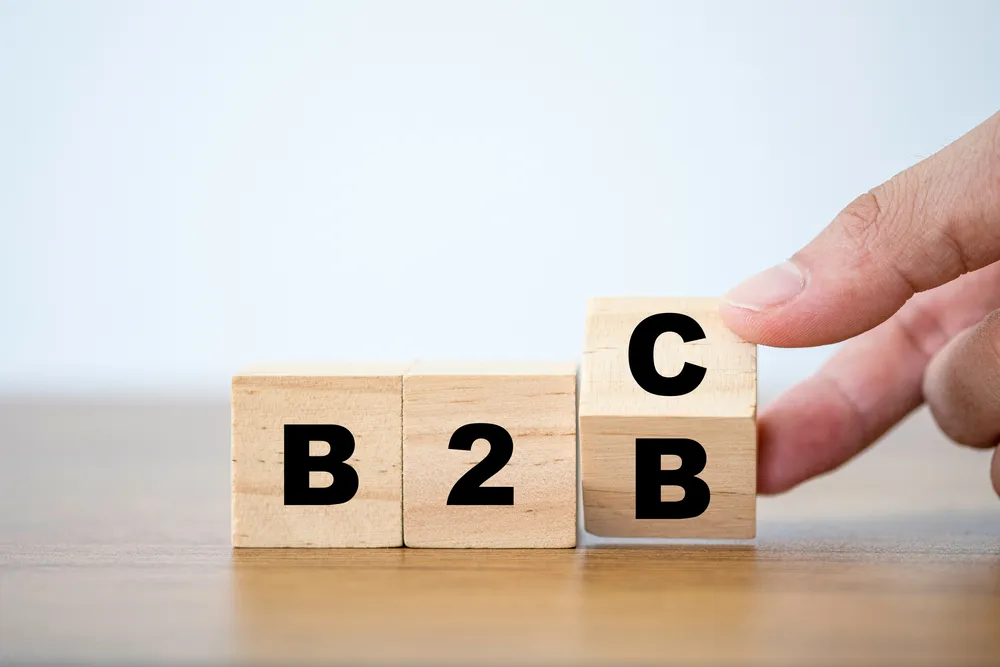
E-commerce is something that every entrepreneur strives for. The popularity of this type of commerce is so great that under it formed a separate market in the global trade. But, although the output of e-commerce promises a significant influx of profits, it has its own rules and features. And it is about them that we are going to talk.
However, before we start, I want to be as helpful as possible and show you a resource where professional ecommerce modeling is done. Why do you need it? You will also find out about it in the article.
The business model of e-commerce: the main points
Walmart, Apple and Amazon… Tell me honestly, have you used the first and the last resource at least once, and the product produced by the second one is most likely in your hands right now? And after all, these are shining representatives of successfully implemented e-commerce. In order to understand the main points on which the above business was built, it is worth understanding what the e-commerce business model is.
So, this model is a certain plan aimed at monetization, and also to sell a variety of goods and services, using for this purpose as a tool – the Internet. At the moment there are many ways to carry out this activity: from banal bargaining through Instagram, to complex and multi-level options, which are used by large corporations.
The pillars of e-commerce: 4 basic models.
Let me immediately clarify that these models is much more than four. However, our task is to identify a few of the most popular and to understand what they are.
Business – consumer
Extremely popular and popular model, which is based on the sale of goods and services directly to the consumer. That is, the company directly sells its goods and services. In this case, the business model can also include elements of digital commerce, about which we spoke above. Walmart is one of the brightest representatives of this model.
Business for business
I think you have already guessed by the name that this model works on the scheme of selling goods and services to other companies. Usually companies that work on this model sell expensive and very high quality goods and services. In this case, they do not directly sell their product, but only sell to other companies that are already engaged in sales. By choosing this model, you get large orders, reduced transactions, and reduced cycle time.
ADVERTISEMENT
The consumer is a business
In this case, the consumer sells their products or exchanges services directly with the company. An example of such interaction can be popular social networks. In them, a person can create reviews on a product, recommend a service as an authority and do so, for example, for a discount or a promised gift. Using this model, you theoretically have limitless opportunities to increase brand awareness.
The consumer is the consumer
In this case, the consumer sells their goods and services directly to other consumers. This model helps businesses expand their customer base and capture more of their audience. A plus, in this case, is also the almost complete absence of production costs.
As you may have noticed, all of these models have their own nuances. In addition, today we did some introductory work with you. And the implementation of the business model, as we know, cannot be treated that way. That’s why I left the link above to a team of professionals who can help you understand what will work well for your business.
